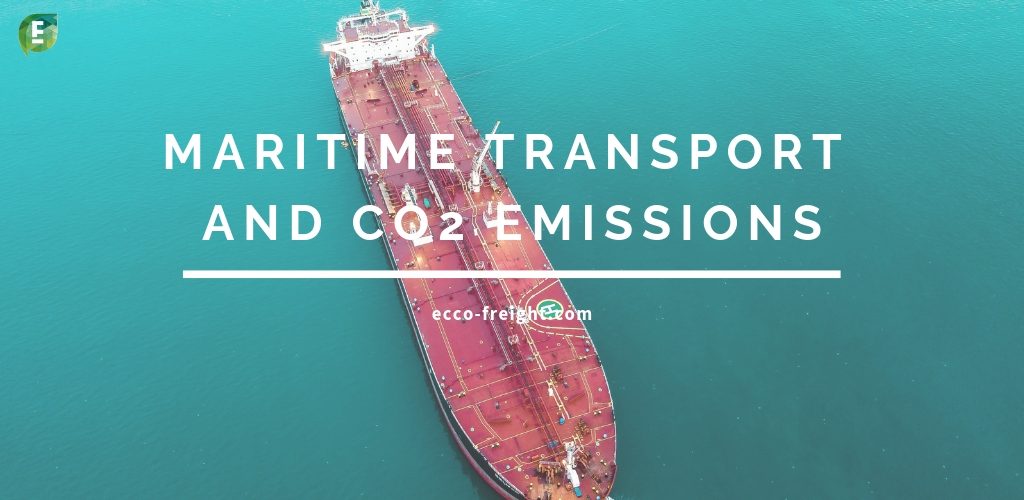Every day hundreds of thousands of parcels are shipped by land, sea and air. Did you know that almost 90% of worldwide shipping takes place via maritime transport? Most of the exports and imports activity taking place worldwide gather together in the ports around the world.
Maritime transport and co2 emissions
This high rate of maritime transport also translates into a high figure of CO2 emissions: up to 800 million tons of CO2 emissions worldwide, 2.5% of the total amount of CO2 emissions on the planet. As shipping is expected to grow by 250% by 2050, the sector therefore turns into an essential target for CO2 emission reduction goals.
Spain plans to reduce its 336 million tons of CO2 emitted to 80 MT by 2050. It is therefore vital that action is taken from within all sectors, bearing in mind that the maritime sector plays a crucial role in the path towards optimal reduction of CO2 emissions both at a national and global level. The purpose is to reduce CO2 emissions from maritime transport by 50%.
EccoFreight commitment to reduce carbon emissions
EccoFreight was born with the purpose of making logistics more sustainable without an increase in the cost of the service, and we continue to work hard every day to provide our clients with tools and solutions to measure and reduce the carbon footprint caused in their transport processes in a simple and agile way.
We care about the environmental footprint of freight forwarding, and we know it’s possible to do things differently: that’s why EccoPrint, our service for measuring and reducing CO2 emissions, has grown to make it even easier for you. Now we’ll provide you with deeper measurement standards and a wider spectrum of shipping alternatives.
We want to make it easier for you, because reducing your carbon footprint matters, and we can do it together.






